Last Updated on January 29, 2025 by Cathy
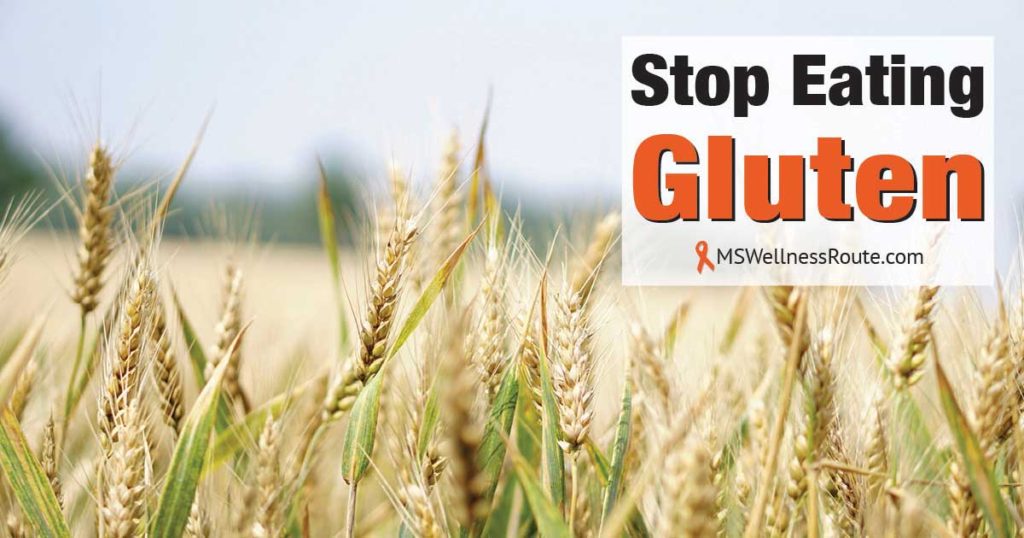
Most people associate gluten with wheat but other grains can also have gluten. Gluten is a family of proteins found in grains such as barley, rye, spelt, and wheat. Gluten helps food maintain its shape, it’s like the glue that holds food together.
Most people can tolerate gluten with no problem. But for people with multiple sclerosis (MS), gluten is our enemy. It increases inflammation and causes a leaky gut. This allows toxins to slip through the gut lining. – If you have MS, you have a leaky gut.
Other diseases associated with gluten include:
- Autism
- Cancer (brain, breast, lung, ovarian, pancreatic)
- Crohn’s disease
- Lupus
- Rheumatoid arthritis
- Type 1 diabetes
Gluten-containing foods increase the levels of a protein called zonulin which raises inflammation. Zonulin helps regulate the tight junctions in the gut lining. As zonulin rises, the tight junctions begin to open up creating a gap between them, known as “leaky gut.”
A leaky gut allows bacteria, toxins, viruses, and other toxins to pass through your gut’s barrier. It crosses into your bloodstream and travels to other organs. This causes the immune system to become over-activated and raises inflammation. Gluten also affects the balance of the microbiome and boosts oxidative stress.
“Gluten affects the microbiome and increases intestinal permeability. It boosts oxidative stress and affects epigenetic behavior. It is also immunogenic, cytotoxic, and proinflammatory.” – PubMed
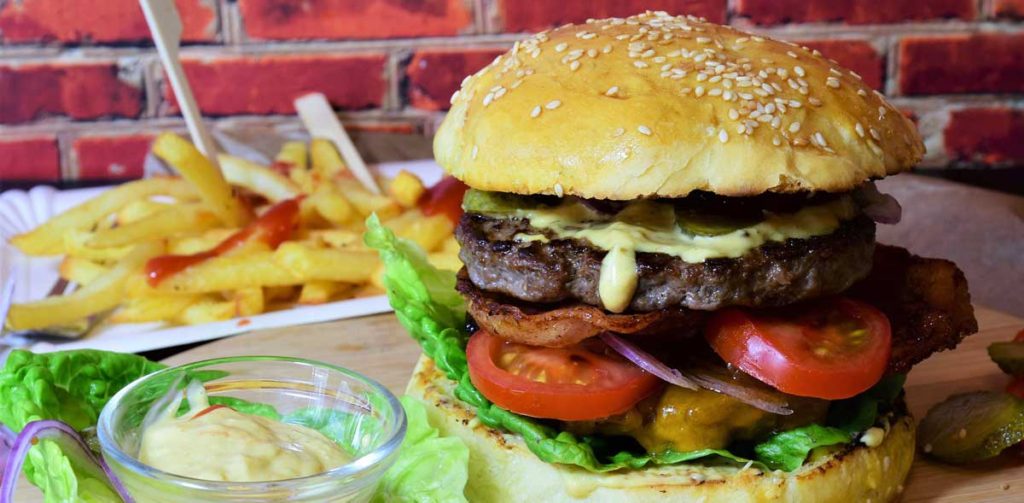
The most popular foods that contain wheat (gluten):
- Beer
- Bread
- Cake
- Cereal
- Chips
- Cookies
- Crackers
- Donuts
- Pancakes
- Pasta
- Pizza
- Salad dressings
- Sauces
- Sausages
- Soup
“Some research suggests leaky gut is linked with a higher risk of autoimmune diseases (such as lupus and multiple sclerosis) or chronic fatigue syndrome.” – PubMed
The Standard American Diet
That’s why eating a Standard American Diet (SAD) is such a bad idea. Even when people are eating “healthy” on a SAD they still have health issues. This diet causes chronic inflammation which leads to many health problems.
Chronic inflammation leads to:
- Acne
- Arthritis
- Autoimmune diseases
- Cardiovascular diseases
- Constipation/diarrhea
- Depression
- High blood pressure
- High cholesterol
- Obesity
- Some cancers
- Type 2 diabetes
Foods like refined carbohydrates, fried foods, and sugary drinks trigger chronic inflammation. Processed foods have artificial ingredients, preservatives, and ingredients you don’t recognize. Plus, processed foods like meat, fruit juices, cheese, and industrially produced vegetable oils.
The SAD diet is low in fiber, high in sugar, less nutrient-dense, and causes food addiction. Did you know if you’re eating conventional meat you’re consuming antibiotics and GMOs? Ranchers feed their animals GMO grains, and soy to fatten them up. This includes farm-raised fish. Then they give animals antibiotics to keep them from getting sick.
It’s no wonder so many people are unhealthy from eating the standard American diet.
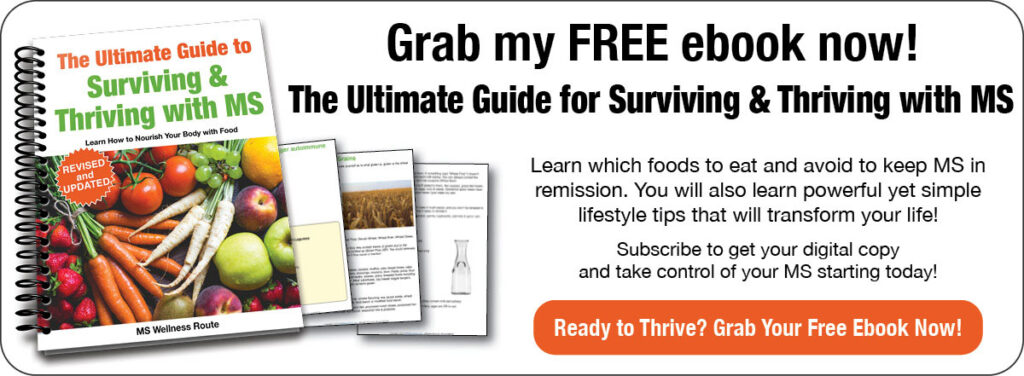
Eating a Gluten-free Diet
Eating a gluten-free diet will allow your body to start healing your “leaky gut.” Once it’s healed it will keep food and other particles where they’re supposed to be (in your gut). You should then start seeing improvements in your symptoms and fewer food sensitivities.
Going gluten-free is a big learning curve at first. It may come easy for some but for others, like me, it’s tough. When I first decided to stop eating gluten, I wondered what I was going to eat for lunch at work. I ate a sandwich most days, other days lunch still included some kind of bread or leftover pasta.
First, you need to remove all foods with gluten from your home. If you keep it in your home it will be too tempting to eat. When buying products at the grocery store read the ingredient labels. Gluten is in many different products so know what you’re buying.
Foods that have gluten:
- Bread
- Dextrin
- Flour
- Malt
- Maltodextrin
- Pasta
- Vegetable protein
If a food label says “wheat-free” it doesn’t mean it’s gluten-free. Food labels are there to grab your attention to make you buy them. – It’s all about marketing and making money. Don’t fall for these claims, always read the ingredients.
Non-food Products with Gluten
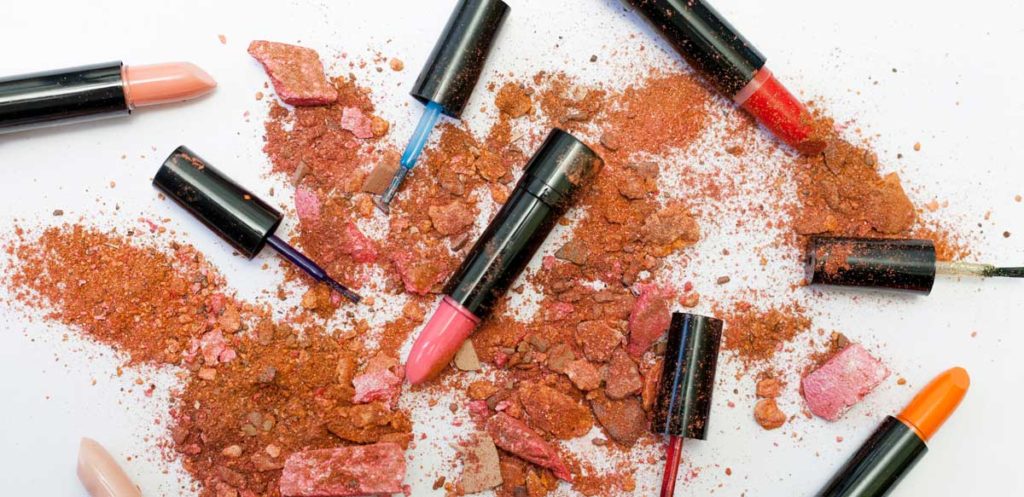
Gluten is also in non-food products that aren’t labeled like food products are. The adhesive on stamps and envelopes used to have gluten, today manufacturers use a corn-based adhesive. You should be avoiding corn, and to be safe use self-adhesive stamps and envelopes.
Common non-food products containing gluten:
- Beauty products
- Body care products (shampoo, conditioner, soap)
- Lip balms
- Lotions
- Medications
- Mouthwash
- Sunscreen
- Supplements
- Toothpaste
How to Start Eating Gluten-free
Fortunately, there are lots of delicious foods that are gluten-free. Eating clean, whole food is a crucial part of healing. Knowing what you’re eating will make it easier to switch from a SAD to an anti-inflammatory diet. Just because the label says gluten-free, does not mean it’s healthy.
Eat as many vegetables in one day as possible. Vegetables include vitamins, minerals, and fiber that promote health. Dr. Terry Wahls, the author of The Wahls Protocol, recommends eating 9 cups of vegetables each day.
Dr. Wahls recommends 3 cups of each:
- Dark leafy greens
- Colorful (including 1 cup of fruit)
- Sulfur (bok choy, cabbage, garlic, onions)
When grocery shopping avoids the middle aisles, they are the most heavily processed. Instead, shop around the outer aisles. Plus, grocery shopping will go quicker when you’re not roaming down every aisle.
Non-gluten foods to buy:
- Vegetables
- Fruit
- Herbs (watch out for premixed herbs)
- Healthy oils like olive oil
- Wild-caught fish
- Pasture-raised poultry
- Grass-fed and finished beef
Going gluten-free doesn’t mean you have to give up your favorite “bread” items. Look for gluten-free recipes or paleo. Use gluten-free flours like almond flour. Check out my recipe for COOKIES
Paleo flour substitutes:
- Almond flour
- Arrowroot flour or starch
- Cassava flour
- Coconut flour
- Tapioca flour or starch
- Tiger nut flour (it’s not a nut)
Stop Eating Gluten
It doesn’t have to be hard to stop eating gluten. Educate yourself, know what to look out for, and always read the ingredients on food labels. As more people are going gluten-free more products are becoming available. When you stop eating gluten you may notice you feel better. Some people experience clearer skin, less bloating, or less brain fog. Plus, your body will start absorbing more nutrients as your leaky gut heals.
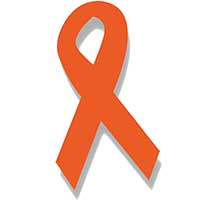
Free Wellness Library!
Subscribe for free and I’ll send you the password to my secret library filled with many printables for your wellness journey.
Resources:
https://www.health.harvard.edu/diseases-and-conditions/putting-a-stop-to-leaky-gut
https://pubmed.ncbi.nlm.nih.gov/29202198/
https://pubmed.ncbi.nlm.nih.gov/29202198/
Photos courtesy of: pexels.com and pixabay.com.
Stop Eating Gluten!





